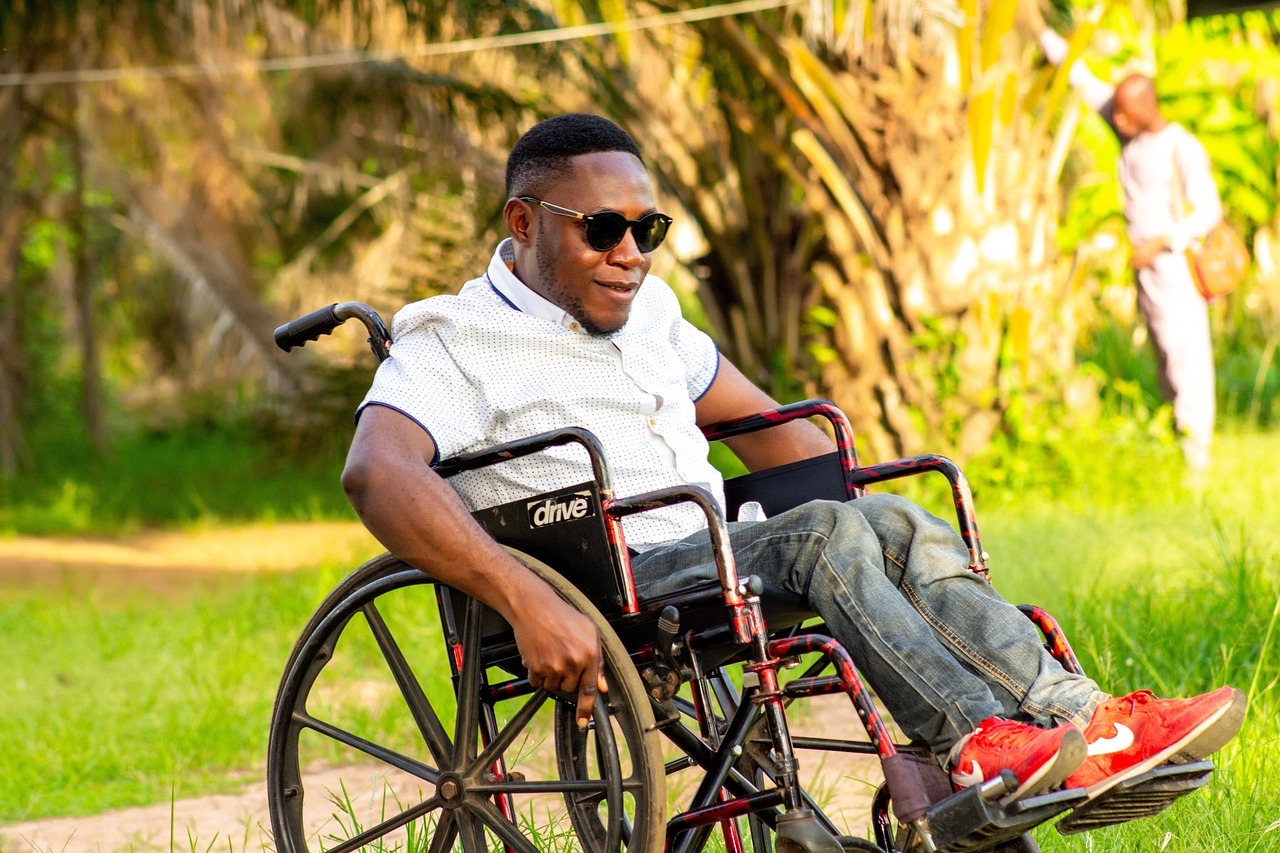Birth injuries plunge families into unknown terrain filled with grief and steep learning curves. In the anguish, days center on therapies, medications, and moments simply enduring. But normalized childhood milestones still surface—and serve as profound cause for celebration by honoring each child’s resilient spirit.
Reframing Perspective
The original dreams and expectations for a new baby die quickly after traumatic deliveries, leaving lasting impairments. Parents mourn the loss of seemingly assured futures. This agony remains always in the background.
Over time, incremental gains emerge if families intentionally shift focus: physical feats once deemed impossible, hard-won communicative attempts, and mastery of simple self-care tasks. Though objectively modest, each breakthrough kindles fierce joy and pride in context.
Holding Hope for Potential
Early on, assessing damage leaves medical prognoses bleak through clinical and statistical lenses. Yet committed parents still see beloved children behind limitations, precious souls deserving tireless nurturing to blossom.
Securing access to comprehensive therapies builds capacity inch by inch: mobility aids grant autonomy to explore, and electronic devices amplify frustrated voices. In customized care environments, children shine through setbacks that once eclipsed the vision of their promise.
Recognizing Identity Beyond Illness
Special needs children encompass more than just their many diagnoses. Recalling and reinforcing talents and personality traits outside medical labels allows kids’ spirits to lead the way forward. Creative pursuits, relational strengths, and quirky passions all contribute to blossoming individuality against the odds.
As healing happens, the gift of childhood emerges bittersweet yet still beautiful. Little victories deserve commemoration along the path less expected but still winding toward maturing wholeness.
Weaving Memories Out of Milestones
Scrapbooks, photo collages, and memory books purposefully archive accomplishments across months and years: first words preserved, independence demonstrated through feeding oneself, and participation in beloved activities like equine therapy or sibling dance parties. Concrete records reinforce growth narratives, sustaining families through arduous seasons.
Healing resembles a mosaic, painful fragments ultimately refashioned into a complex masterpiece expressing life’s resilience despite crushing blows. Pausing to celebrate once-unfathomable milestones purposefully cements knowledge of how far each child travels daily. Tiny triumphs light the way home.


Heya.
My adult daughter and son both have spastic cerebral palsy. My daughter only has mild spastic one limb cerebral palsy or spastic monoplegia. My son has moderate spastic three limb cerebral palsy or spastic triplegia. With my daughter, only her vision and her big motor skills were affected for sure. However my son had to have physical and occupational therapy as his non cognitive abilities were below average.
His cognitive, feeding and communication skills were good but his little and big motor skills were weak. Her skills and abilities in general were normal. Neither had seizures. That was good news for all of us. Yet she did have vision issues. And she still cannot walk far without me. He cannot do some things. Her intellectual skills were fine. They went to a school not far away.